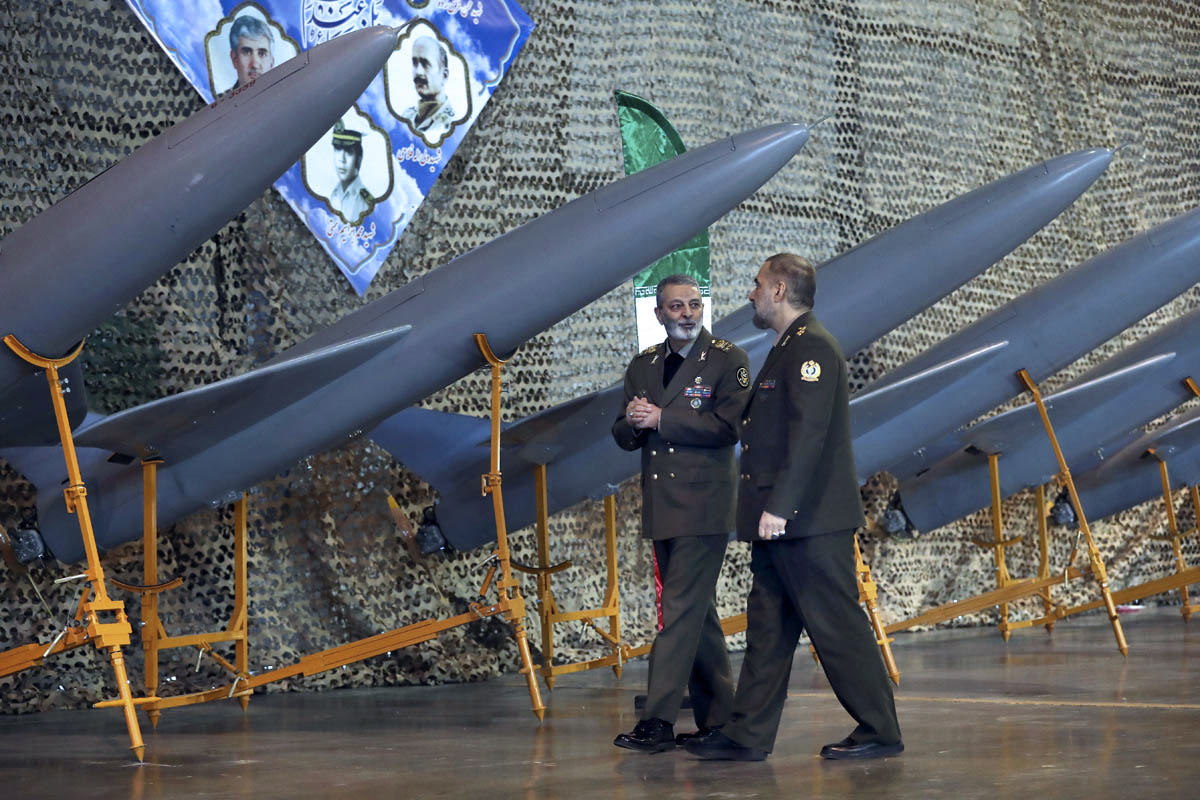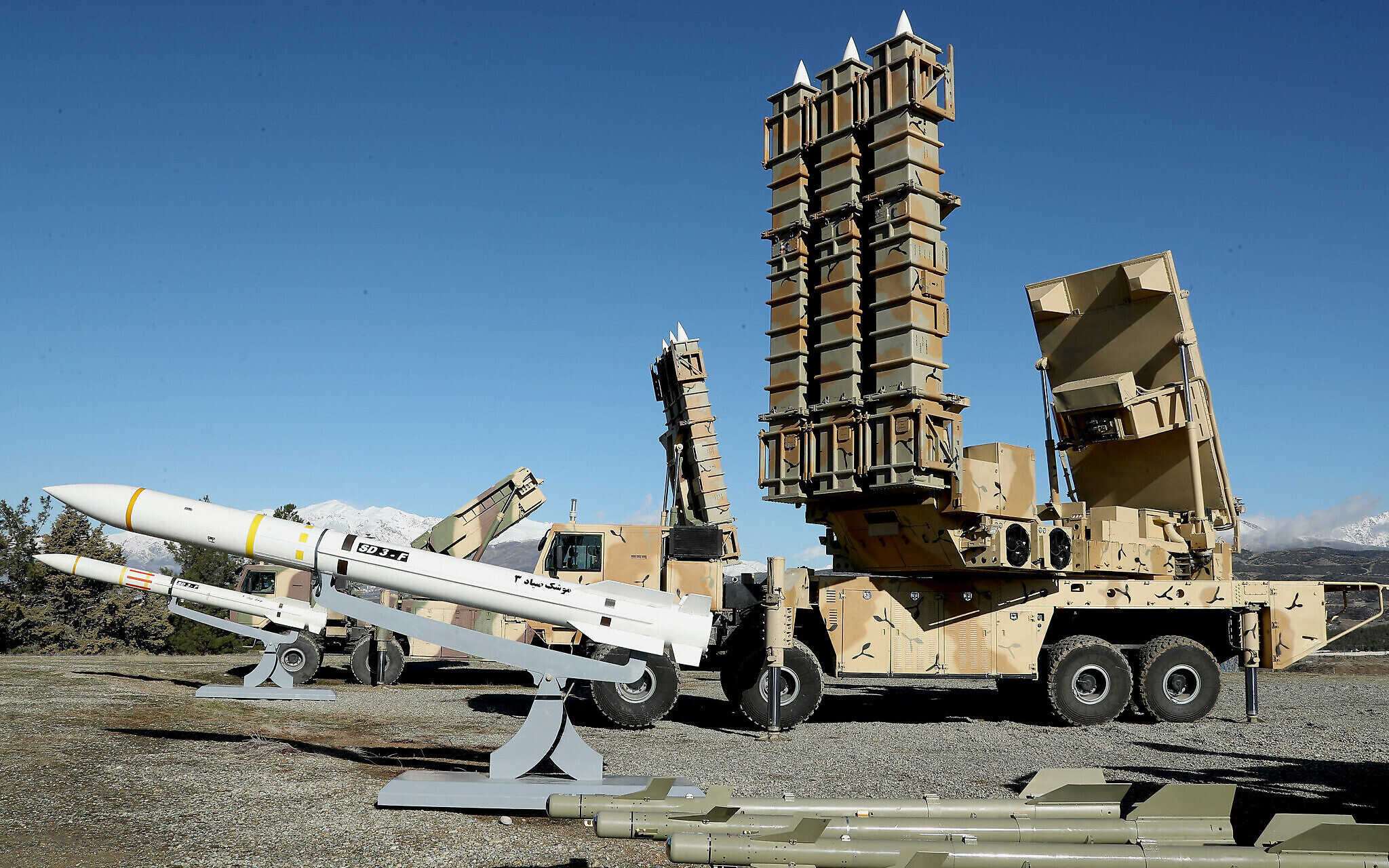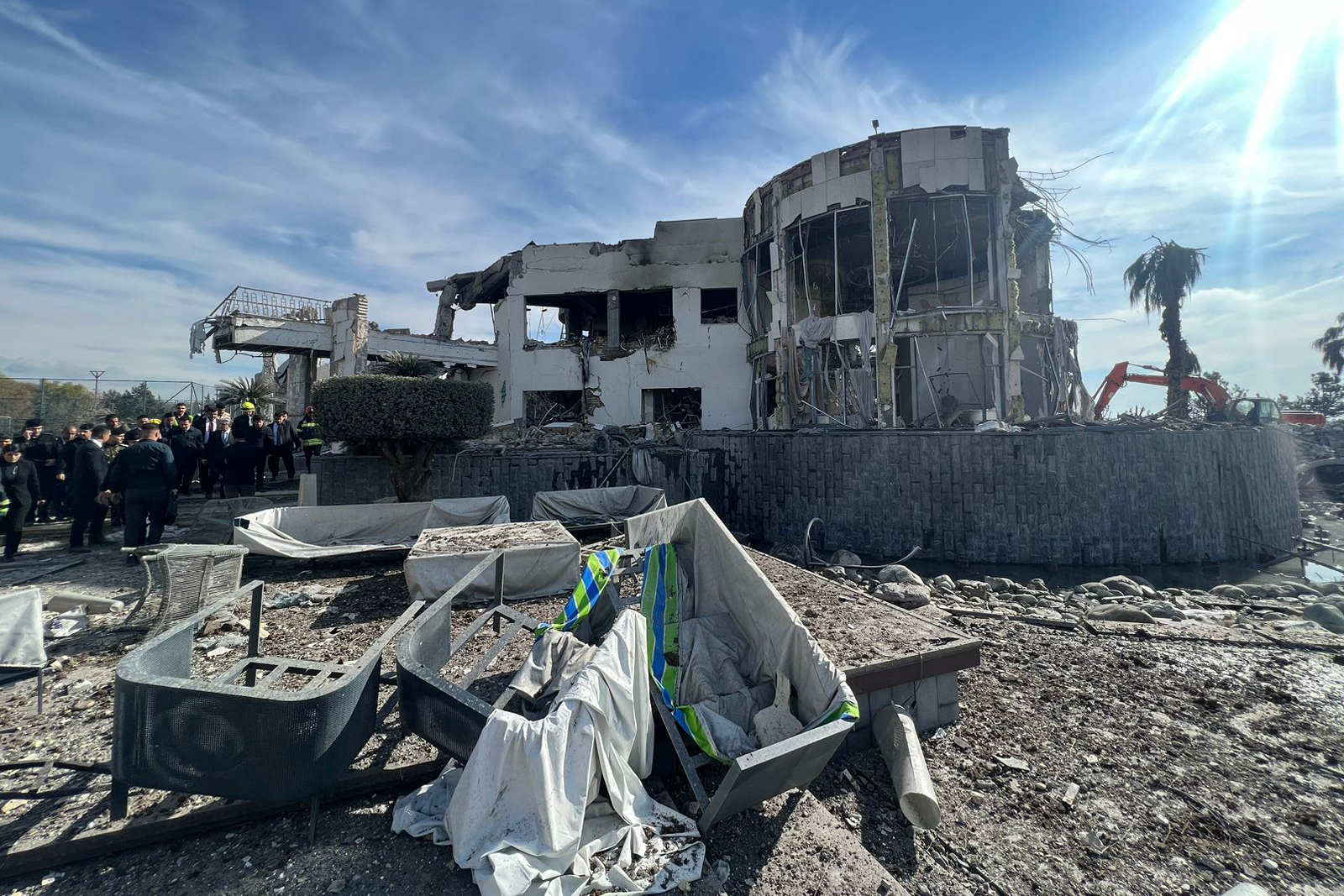What are Iran’s missile and drone capabilities? Analysis by The Times of Israel
The missiles are an important part of the arsenal at Tehran’s disposal as it threatens to retaliate against Israel for a strike on a building in the Iranian embassy compound in the Syrian capital of Damascus, which killed several Islamic Revolutionary Guard Corps commanders, including two generals.
Citing two unnamed US officials, CBS reported Friday that a major attack on Israel could be imminent and may include more than 100 drones and dozens of missiles aimed at military targets inside the country. They warned Israel would be challenged to fend off an assault of that scale.
The officials said it was possible Tehran may still opt for a smaller-magnitude strike in order to avoid a dramatic escalation.

According to Channel 12 news, ballistic missiles fired from Iran would take 12 minutes to reach Israel, cruise missiles would take two hours, and drones launched from the Islamic Republic would journey for nine hours to reach their target.
According to the US Office of the Director of National Intelligence, Iran is armed with the largest number of ballistic missiles in the region.
The semi-official Iranian news outlet ISNA published a graphic this week showing nine Iranian missiles it said could reach Israel.
These included the ‘Sejil’, capable of flying at more than 17,000 km (10,500 miles) per hour and with a range of 2,500 km (1,550 miles), the ‘Kheibar’ with a range of 2,000 km (1,240 miles), and the ‘Haj Qasem’, which has a range of 1,400 km (870 miles) and is named after Quds Force commander Qasem Soleimani, who was killed in a US drone strike in Baghdad four years ago, ISNA said.
Iran, a major producer of drones, said in August it had built an advanced homemade drone named Mohajer-10 with an operational range of 2,000 km (1,240 miles) and capable of flying for up to 24 hours with a payload of up to 300 kg (660 pounds).
Iran says its ballistic missiles are an important deterrent and retaliatory force against the United States, Israel and other potential regional targets. It denies seeking nuclear weapons.
Last June, Iran presented what officials described as its first domestically made hypersonic ballistic missile, the official IRNA news agency reported. Hypersonic missiles can fly at least five times faster than the speed of sound and on a complex trajectory, which makes them difficult to intercept.
Despite US and European opposition, the Islamic Republic has said it will further develop its defensive missile program.
The Arms Control Association, a Washington-based nongovernmental organization, says Iran’s missile program is largely based on North Korean and Russian designs and has benefited from Chinese assistance.
The Arms Control Association says Iran’s short-range and medium-range ballistic missiles include: Shahab-1, with an estimated range of 300 km (190 miles); the Zolfaghar, with 700 km (435 miles); Shahab-3, with 800-1,000 km (500 to 620 miles); Emad-1, a missile under development with up to 2,000 km (1,240 miles); and Sejil, under development, with 1,500-2,500 km (930 to 1,550 miles).
Iran also has cruise missiles such as the Kh-55, an air-launched nuclear-capable weapon with a range of up to 3,000 km (1,860 miles), and the advanced anti-ship missile the Khalid Farzh, with about 300 km (186 miles), capable of carrying a 1,000-kg (1.1-ton) warhead.

Iran’s Revolutionary Guards drew on the missiles in January when they said they attacked the spy headquarters of Israel in Iraq’s semi-autonomous Kurdistan region, and said they fired at Islamic State militants in Syria. Iran also announced firing missiles at two bases of a Baluchi militant group in neighboring Pakistan.
Saudi Arabia and the United States have said they believe Iran was behind a drone and missile attack on Saudi Arabia’s prized oil facilities in 2019. Tehran denied the allegation.
In 2020, Iran launched missile attacks on US-led forces in Iraq, including the al-Asad air base, in retaliation for a US drone strike on Iranian commander Soleimani, whose killing raised fears of a wider Middle East conflict.
The United States accuses Iran of arming the Houthis of Yemen, who have been firing on Red Sea shipping and Israel itself during the Gaza war, in a campaign they say is aimed at supporting the Palestinians.
Tehran denies arming the Houthis.

In 2022, the Houthis said they fired a number of ballistic missiles and drones at the United Arab Emirates.
This included a missile attack targeting a base hosting the US military in the UAE, which was thwarted by US-built Patriot interceptor missiles.
The leader of Lebanon’s Iran-backed Hezbollah has said the group has the ability within Lebanon to convert thousands of rockets into precision missiles and to produce drones.
In 2022, Hezbollah leader Hassan Nasrallah claimed the terror group was able to transform standard rockets into precision missiles with the cooperation of “experts from the Islamic Republic of Iran.”
Iran has transferred indigenous precision-guided missiles to Syria to support President Bashar al-Assad’s fight against insurgents, according to Israeli and Western intelligence officials.
It has also moved some of its production capacity to underground compounds in Syria, where Assad’s military and other pro-Tehran forces have learned to build their own missiles, those same sources say.








